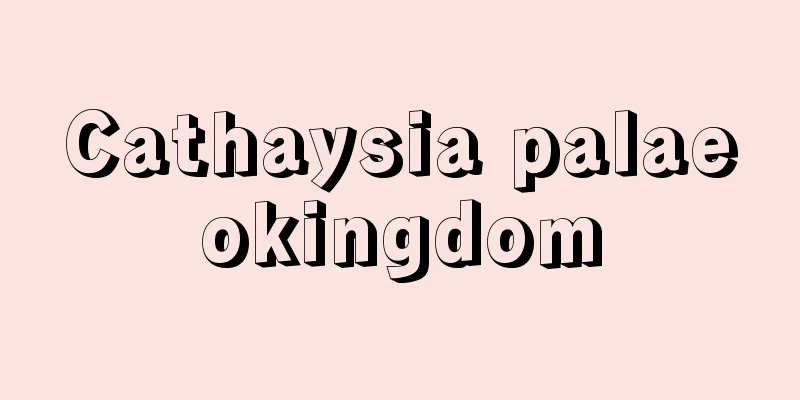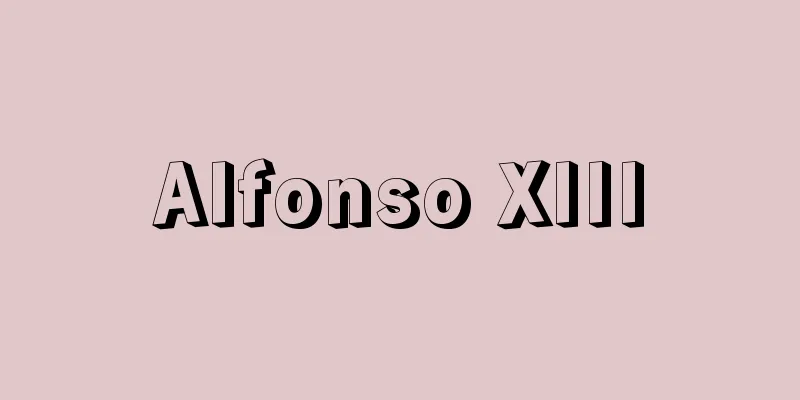Torii Kiyonaga

|
Ukiyo-e artist of the mid-Edo period. The fourth head of the Torii family, he was a representative painter of beautiful women of the Tenmei period (1781-1789). He was the son of Shirakoya Ichibei, a book dealer in Honzaimokucho 1-chome, Edo, and was of the Seki (or Sekiguchi, as some say), nicknamed Shinsuke, and later Ichibei. He was a disciple of the first Kiyomitsu, the third head of the Torii family. From around 1767 (Meiwa 4), he produced thin-format red-printed pictures of actors using the traditional Torii school brushwork. From around 1775 (An'ei 4), he energetically began to produce illustrations for books such as sets of paintings of beautiful women and genres, and kibyoshi books, absorbing the styles of Suzuki Harunobu at first, and later Isoda Koryusai and Kitao Shigemasa, while gradually establishing his own style based on realistic sketching, and by 1781 he had replaced Koryusai as the leading painter of beautiful women. Kiyonaga's paintings of beautiful women are characterized by their tall, slender, and relaxed eight-to-one proportions, and their healthy, vital appearance. "Tosei Yuri Bijin Awase," "Manners and Customs of the East," and "Minami Juni Koyo," which he produced between 1782 (Tenmei 2) and 1784, are highly regarded as Kiyonaga's three greatest sets of paintings. He also devoted himself to the large-scale diptych and triptych paintings that began to be produced around this time, producing many excellent works that skillfully depict groups of women against the backdrop of real Edo scenery. He also pioneered new styles in stage drawings, depicting multiple actors with props and stage sets to create a tense and beautiful composition. In particular, his degatarizushi (departure scenes), which depict scenes of shosagoto (acts) performed by the tayu (courtesy performer) and a shamisen player, are unrivaled. After the death of his master Kiyonaga, around 1787, he was invited to take over as the fourth head of the Torii family, and he devoted himself to the Torii family's business of signboard paintings and ranking paintings, gradually moving away from producing single-sheet paintings. Although he left behind few works, he also demonstrated his excellent skills in hand-painted paintings such as "Ryuka no uryou zu" (Boston Museum of Fine Arts), as well as picture books and erotic books. Many artists of the Tenmei period, such as Katsukawa Shuncho and Kubo Shunman, followed Kiyonaga's style, and he had a great influence on artists of the next generation, such as Kitagawa Utamaro and Chobunsai Eishi, and he is positioned as one of the pinnacle artists of ukiyo-e bijin-ga (pictures of beautiful women) along with Utamaro. [Hidetake Asano] "Ukiyo-e Taikei 4 Kiyonaga" commentary by Oka Isamu (1975, Shueisha)" ▽ "Narazaki Muneshige ed. "Overseas Hidden Treasures: Torii Kiyonaga" (1972, Gakken)" [References] |National Diet Library Kiyonaga Torii “The Twelve Months of Minami Viewing September” A play picture book. Illustrated by Torii Kiyonaga. Published in 1778 (An'ei 7). Owned by the National Diet Library . "The Snow and the Flowers of Nakamura Theatre" This folding picture book depicts the customs of New Year's in Edo. The photo shows a scene from "Akinahi hashime (the beginning of business)." Painted by Torii Kiyonaga, 1787 (Tenmei 7), owned by the National Diet Library . "Colored Mitsuasa" Source: Shogakukan Encyclopedia Nipponica About Encyclopedia Nipponica Information | Legend |
|
江戸中期の浮世絵師。鳥居家4代目当主で、天明(てんめい)期(1781~1789)を代表する美人画家。江戸の本材木町一丁目の書肆(しょし)白子屋市兵衛の子で、関(一説に関口)氏、俗称新助、のち市兵衛。鳥居家3代目の初代清満(きよみつ)門人。1767年(明和4)ごろから鳥居派伝統の筆法を用いた細判紅摺絵(べにずりえ)の役者絵を発表。1775年(安永4)ごろからは美人風俗画の揃物(そろいもの)や、黄表紙(きびょうし)など版本の挿絵も精力的に描き出し、初め鈴木春信(はるのぶ)、のち礒田湖竜斎(いそだこりゅうさい)や北尾重政(しげまさ)の画風を吸収しながら、しだいに写生に基づく独自の様式を樹立、1781年ごろには湖竜斎にかわり美人画の第一人者となった。背高くすらりとのびやかな八等身の、健康的で生命力にあふれているのが清長美人画の特徴で、1782年(天明2)から1784年ごろに制作した『当世遊里美人合(とうせいゆうりびじんあわせ)』『風俗東之錦(あずまのにしき)』『美南見(みなみ)十二候』は、清長の三大揃物として高く評価されている。そしてこのころから制作されるようになった大判二枚続、三枚続という大画面にも意を注ぎ、江戸の実景を背景にして、女性群像を巧みに表現した秀作が多い。また一方では、舞台図に新様を開拓、複数の役者を大道具、小道具とともに描出して、緊迫感のある構成美を生み出した。とくに所作事(しょさごと)の場面を太夫(たゆう)と三味線弾きともども描写した出語図(でがたりず)には、他の追随を許さぬものがある。 師の清満の死後、1787年ごろに懇請されて鳥居家4代目を継承してからは、鳥居家の家業である看板絵・番付絵に専念、一枚絵の制作から徐々に離れていった。また遺品は多くないが、『柳下納涼(りゅうかのうりょう)図』(ボストン美術館)などの肉筆画や絵本・艶本(えんぽん)にも優れた手腕を発揮している。勝川春潮(かつかわしゅんちょう)、窪俊満(くぼしゅんまん)など天明期の多くの絵師が清長様式を踏襲、喜多川歌麿(きたがわうたまろ)、鳥文斎栄之(ちょうぶんさいえいし)ら次代の絵師に大きな影響を及ぼすなど、浮世絵美人画の流れのなかで歌麿とともに一つの頂点にたつ絵師として位置づけられている。 [浅野秀剛] 『岡畏三郎解説『浮世絵大系4 清長』(1975・集英社)』▽『楢崎宗重編『在外秘宝 鳥居清長』(1972・学習研究社)』 [参照項目] |国立国会図書館所蔵"> 鳥居清長『美南見十二候 九月』 芝居絵手本。鳥居清長画 1778年(安永7)刊国立国会図書館所蔵"> 『瞻雪栄鉢樹 中村座』 江戸の正月の風俗を描いた折本仕立て絵本。写真は「あきなひはしめ(商い初め)」の図。鳥居清長画 1787年(天明7)国立国会図書館所蔵"> 『彩色美津朝』 出典 小学館 日本大百科全書(ニッポニカ)日本大百科全書(ニッポニカ)について 情報 | 凡例 |
Recommend
Seeliger, Hugo von
Born: September 23, 1849 in Biala, Silesia Died De...
Icebreaker - Saihyousen (English spelling) ice breaker
A ship that breaks ice that has built up on the s...
Example - tehon
〘noun〙① A book written to be kept nearby as a mode...
special-purpose foundation
… In the United States, foundations can be broadl...
Psychoda alternata (English spelling) Psychodaalternata
…Terrestrial species include those that feed on h...
Laundry
…washing and rinsing to remove dirt from clothes....
Lagoon
A lake, also called a lagoon or lagoon, is a land...
Mount Yakedake
An active volcano on the border between Nagano an...
Hemichordate - Hemichordate
A group of marine invertebrates that make up the ...
Preparatory documents - jumbishomen
In civil litigation, "Oral arguments must be...
White-tailed mongoose - Ojiromangoose
… Most species are terrestrial, but some are adep...
Karae Mekki - Karae Mekki
During the Edo period, this was the title of a pos...
İznik (English spelling)
A town in northwestern Turkey. Originating from th...
Straits Settlements
A colony held by Britain in the Malay Peninsula. ...
Bentley, Arthur Fisher
Born October 16, 1870 in Freeport, Illinois [Died]...









